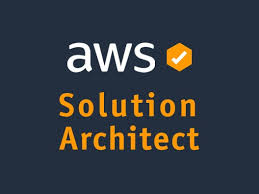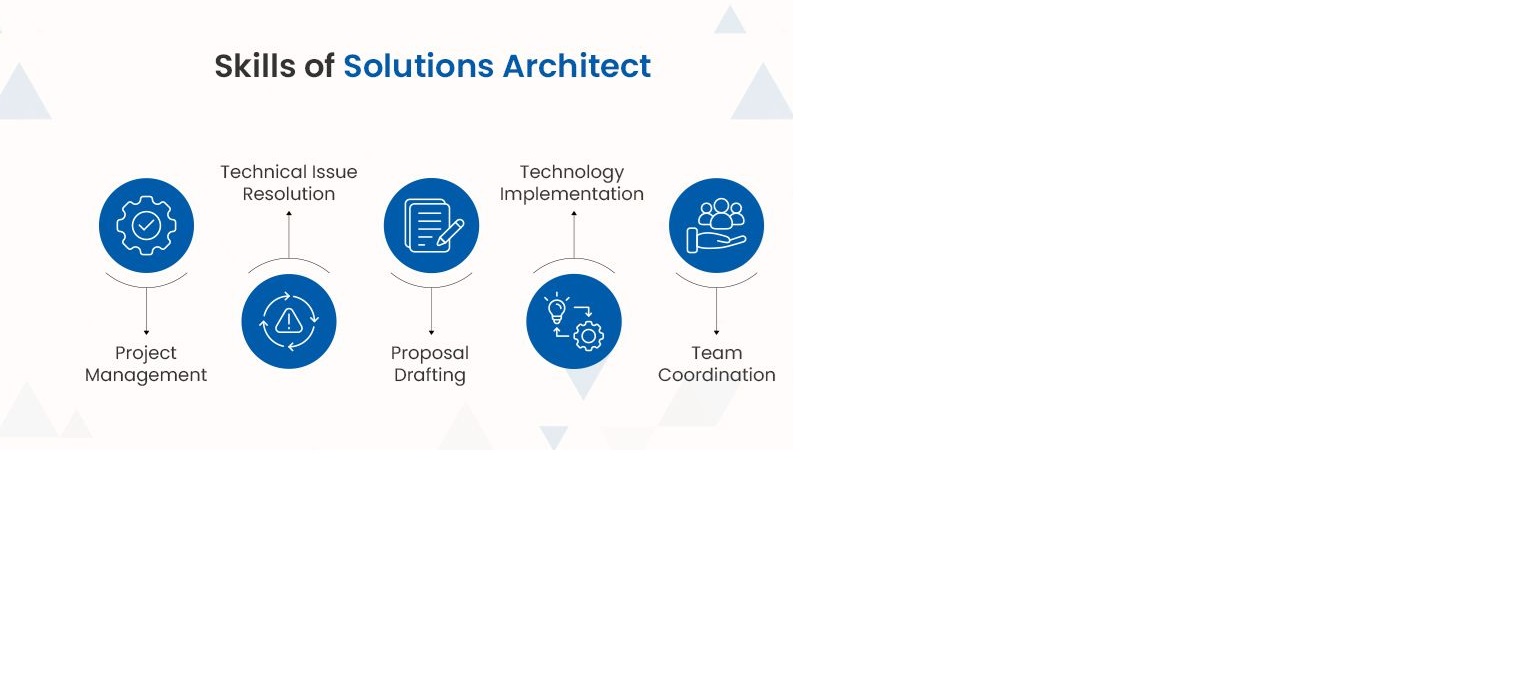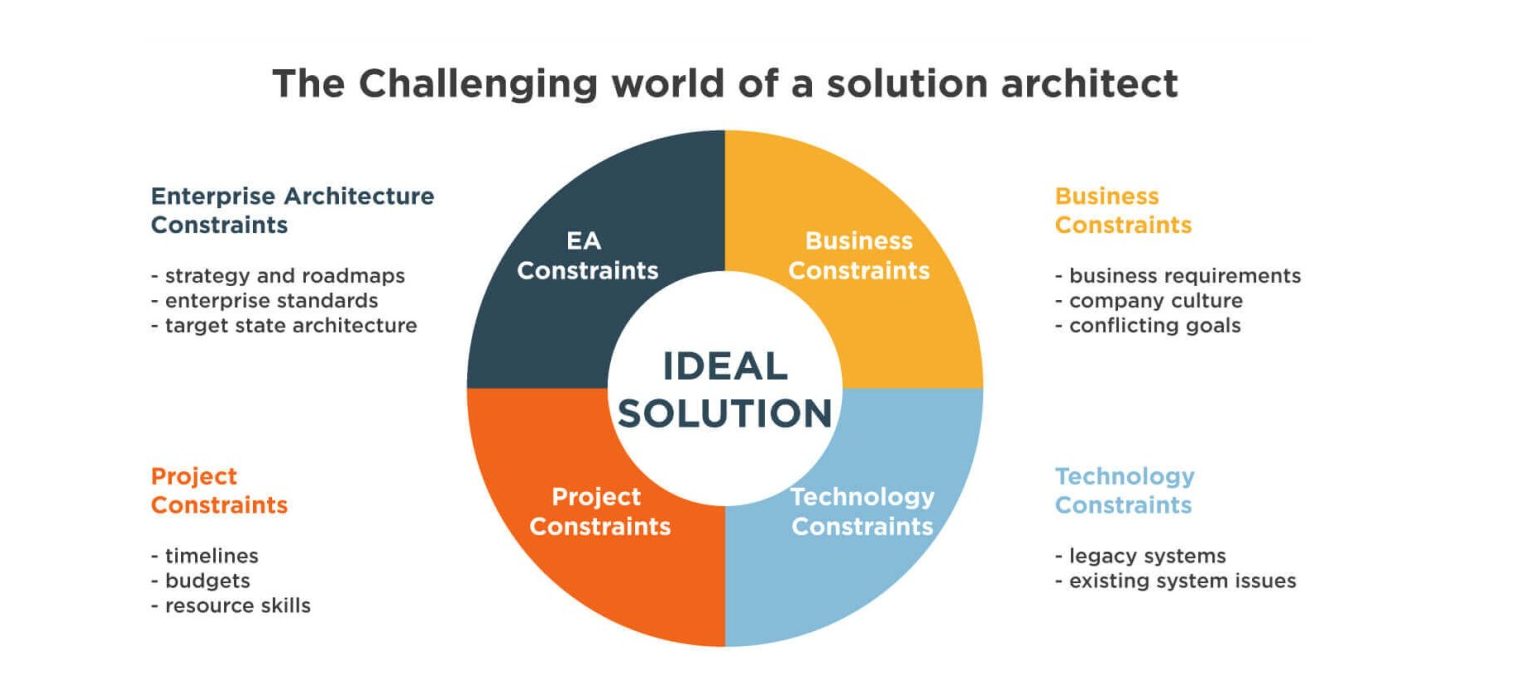The role of the AWS Solutions Architect is completely open to interpretation depending on what the company deems the Solutions Architect to do in that particular context, in relation to their business goals. An AWS Certified Solutions Architect is a Solutions Architect with an AWS Solutions Architect Certification that has the responsibility of designing one or more services or applications within an organization.

An AWS Solution Architect plays a critical role in designing and implementing cloud infrastructure to meet an organizations needs. Their day typically starts with reviewing client requirements and understanding the technical challenges they may face. From there, an AWS Solution Architect collaborates with various teams to develop cloud strategies, ensuring that the solutions are scalable, secure, and cost-effective. With cloud computing evolving rapidly, an AWS Solution Architect must stay up to date with the latest AWS services to provide the best solutions.

🎯 Explore Roles, Responsibilities & Challenges.

Developing cloud-based solutions that align with an organization's business objectives involves a structured approach that encompasses understanding requirements, leveraging AWS services, and ensuring ongoing adaptation to technological advancements. Additionally, continuous learning and keeping up with AWS updates are essential for maintaining the effectiveness of these solutions.
By following these steps, organizations can effectively develop cloud-based solutions that support their business objectives while ensuring that their teams remain knowledgeable and adaptable to AWS updates and changes in the cloud landscape. This continuous learning approach not only enhances individual skills but also drives the organization's success in leveraging cloud technologies. In addition to working on technical designs, an AWS Solution Architect also spends time troubleshooting issues and ensuring that the cloud environment runs smoothly. While the job offers many challenges, the demand for these professionals is growing. This is reflected in the high demand for their skills across industries, influencing the competitive AWS Solutions Architect salary. Many aspiring professionals pursue this role due to its dynamic nature and the opportunities it offers for career advancement, along with the attractive AWS Solutions Architect salary package.
Confused about our certifications?
Let Our Advisor Guide You